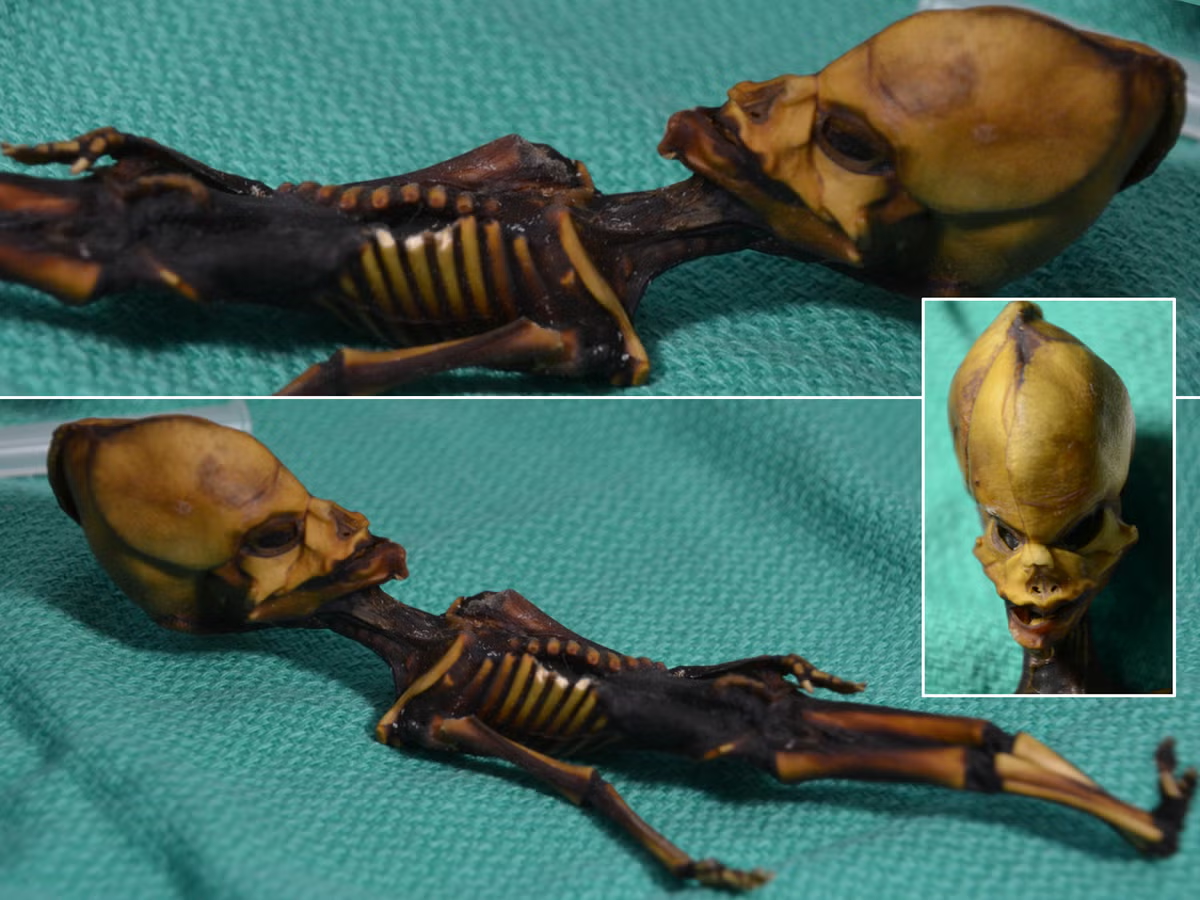Chile’s Atacama Desert has long been a hotbed of mysterious discoveries, with one of the most perplexing being the Atacama skeleton, an oblong-headed, six-inch-long mummy that has fueled speculation about extraterrestrial life. The owner of this enigmatic specimen, Ramón Navia-Osorio Villar, a Spanish businessman and UFO enthusiast, has recently proposed a new theory about the tiny being’s origins, suggesting that it may belong to an ancient species of cave-dwelling humans. However, this theory has been met with skepticism from experts who argue that the skeleton is nothing more than that of a premature human fetus.
The Origin of Ata
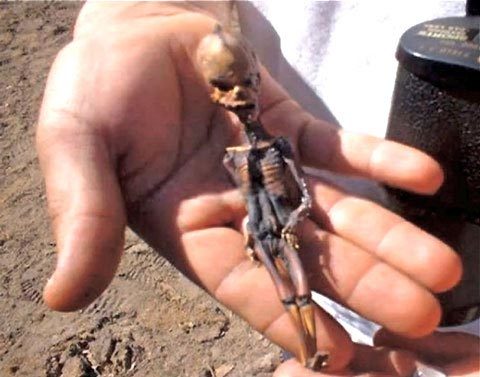
The Atacama skeleton, affectionately nicknamed Ata, first captured public attention when it was discovered in the ghost town of La Noria, perched high in the Andes at 3,225 feet above sea level. Navia-Osorio acquired the mummy from treasure hunter Oscar Muñoz in 2003, sparking a decade-long study and fascination with the tiny, otherworldly figure. The initial excitement surrounding Ata as a potential extraterrestrial being has been met with skepticism by experts in infant anatomy and anthropology.
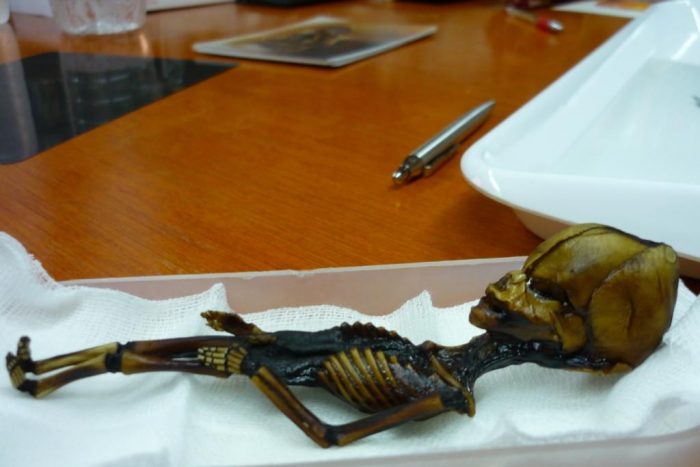
Scientific Critique
Seven experts, including Professor Siân Halcrow from New Zealand’s University of Otago, have consistently contested the extraterrestrial claims, arguing that Ata’s skeletal features align with those of a human fetus. Halcrow’s team estimated Ata’s age to be approximately 15 weeks in utero gestation, suggesting a premature birth.

Their 2018 analysis, published alongside archaeologists from Stockholm University and experts from Stony Brook medical school, dismissed the notion of extraterrestrial origins, attributing the peculiar skeletal features to genetic mutations associated with dwarfism and scoliosis.
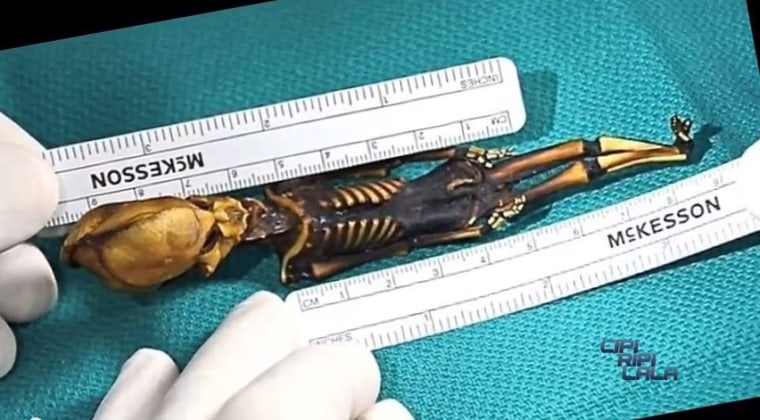
Navia-Osorio’s New Theory
Despite the scientific consensus, Navia-Osorio persists in his belief that Ata represents an ancient species of cave-dwelling humans. In a recent appearance on Spain’s Mitele TV network, he proposed that these tiny individuals lived alongside the indigenous Aymara people for centuries, emerging from caves only at night. Navia-Osorio challenges the scientific community, arguing that Ata cannot be a 15-week-old fetus due to the presence of calluses on its feet.
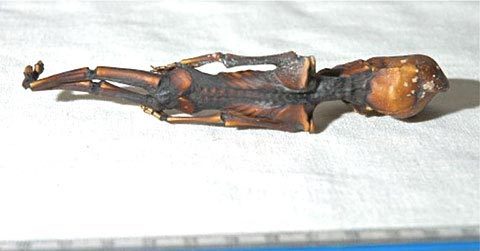
The study of Ata has not been without controversy. The 2018 peer-reviewed research conducted by a team at Stanford University faced immediate backlash for ethical concerns related to the acquisition of Ata’s remains. Critics accused the researchers of potentially violating Chilean law, raising questions about the legitimacy of their findings.
As the debate over the origins of the Atacama skeleton continues, the scientific community remains steadfast in its assertion that Ata is a human fetus with unusual genetic mutations. Navia-Osorio’s alternative theory, rooted in the existence of an ancient race of cave-dwelling humans, faces considerable skepticism from experts who argue that the evidence overwhelmingly supports a terrestrial, albeit unusual, human origin. The mystery of Ata persists, challenging both scientific rigor and the allure of extraterrestrial possibilities in the vast, arid landscapes of the Atacama Desert.
